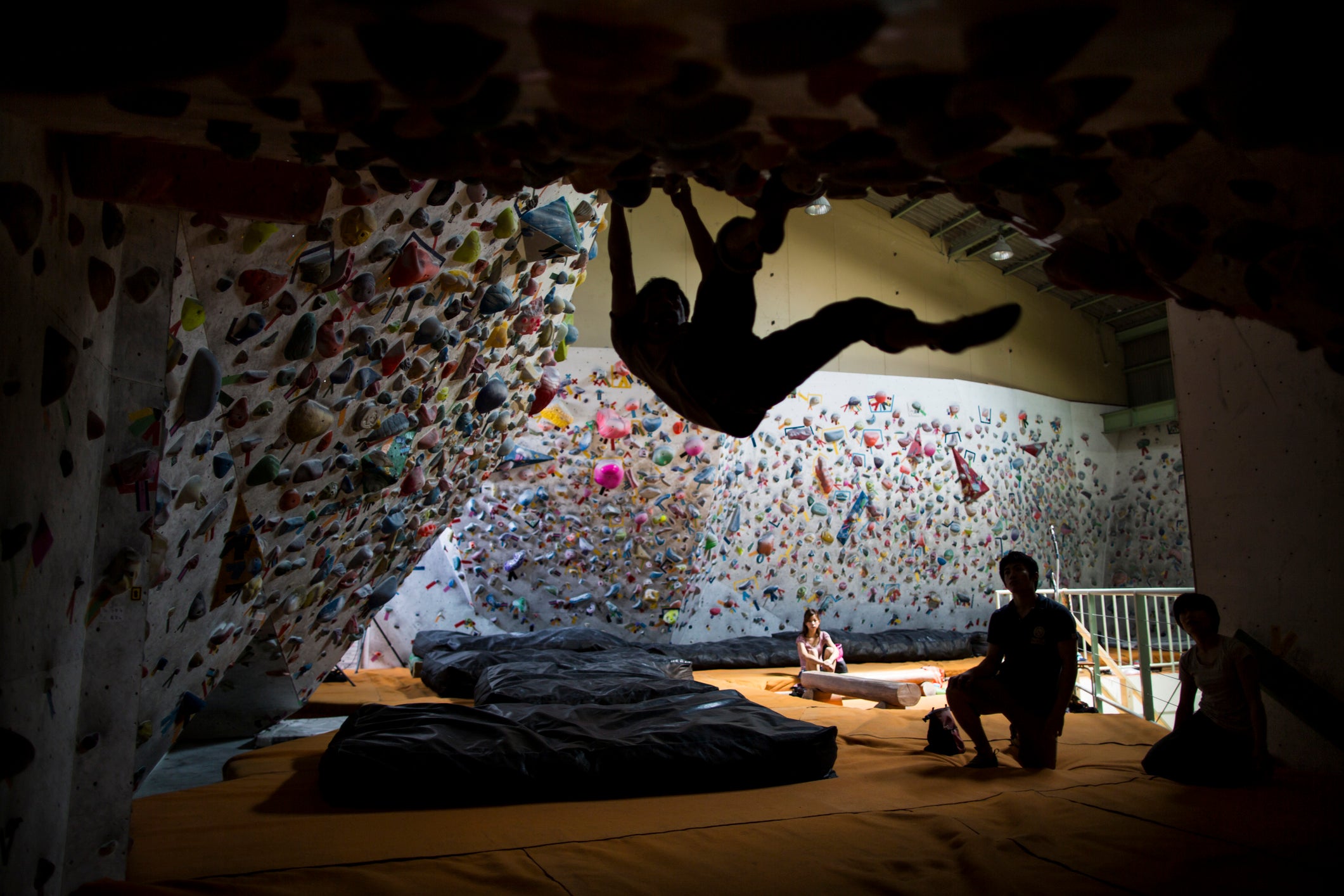Why most of us shouldn’t try to train like Janja Garnbret—or your favorite YouTuber.

Published September 3, 2025 11:07AM
Sitting on the edge of a bouldering mat, I eavesdropped on a conversation between two college-aged kids.
“Well, Janja [Garnbret] just climbs to train, so I’m just going to train like her,” one said.
I frowned thinking I misheard. Were they talking about the two-time gold Olympian?
For a few minutes, I listened as they bounced ideas back and forth about building training programs modeled after their climbing heroes, pieced together from YouTube clips and social media posts. Their plan? Climb six days a week, two to four hours per session, with morning workouts and “supplementary sessions” in between.
“How long have you two been climbing?” I finally asked, a little concerned.
Turns out, they had only started eight months earlier. They’d found climbing as a much-needed stress release from the grind of freshman year.
I wished them luck, but the exchange stuck with me. It highlighted just how easy it is to get swept up by online climbing training advice. Everywhere you look, flashy programs promise quick gains: Do these exercises and you’ll climb harder in no time. But the reality is far messier.
I see two big problems with these cookie-cutter approaches:
1. Mimicking pro routines is a shortcut to injury or burnout.
Elite climbers like Janja Garnbret can handle massive training loads because they’ve built decades of base strength and skill. And nutritionists, physiotherapists, and coaches help keep them healthy and balanced. For the average climber, jumping into that level of intensity is unsustainable and often harmful.
2. When someone who isn’t a pro is selling a program to train like a pro, that might be a problem.
This is where the insidious nature of online training can cause real problems for a new climber looking to build their training programs. Vetting these sources often goes by the wayside, putting participants at risk from the get-go.
A spreadsheet and a YouTube link won’t fix your form. Without proper coaching, it’s easy to ingrain poor habits, bad posture, sloppy movement, and over-gripping. This can lead to real injuries down the line.
What non-professional climbers should look for in training plans
Early training for recreational climbers should be about building healthy movement patterns and correcting mistakes, not rushing headlong into faux-pro workouts.
Having been one of those kids, I’ve seen the difference between internet-based training and the results I got when I was fortunate enough to work with Dicki Korb from Kafe Kraft in Germany. Having a coach’s eyes on my climbing was invaluable. He provided instant feedback and corrected my form on the spot.
It’s really important to find a program that allows regular check-ins with a coach. A hybrid of online and in-person training builds responsibility and accountability in a way a purchased spreadsheet never will. Many excellent coaches can observe your sessions via Zoom, which is a great option if you’re committed to working with a specific trainer who doesn’t live near you. Just make sure whoever you’re working with gets eyes on you and your form.
But the main takeaway is this: If a program doesn’t personalize its plan to account for your own climbing abilities, that’s a risk I wouldn’t take. The online space is virtually anonymous. Few checks or support systems exist for new climbers. Oh, and surgery is expensive. Unfortunately, falling victim to the latest training craze without proper context is one of the quickest ways to find that out.

